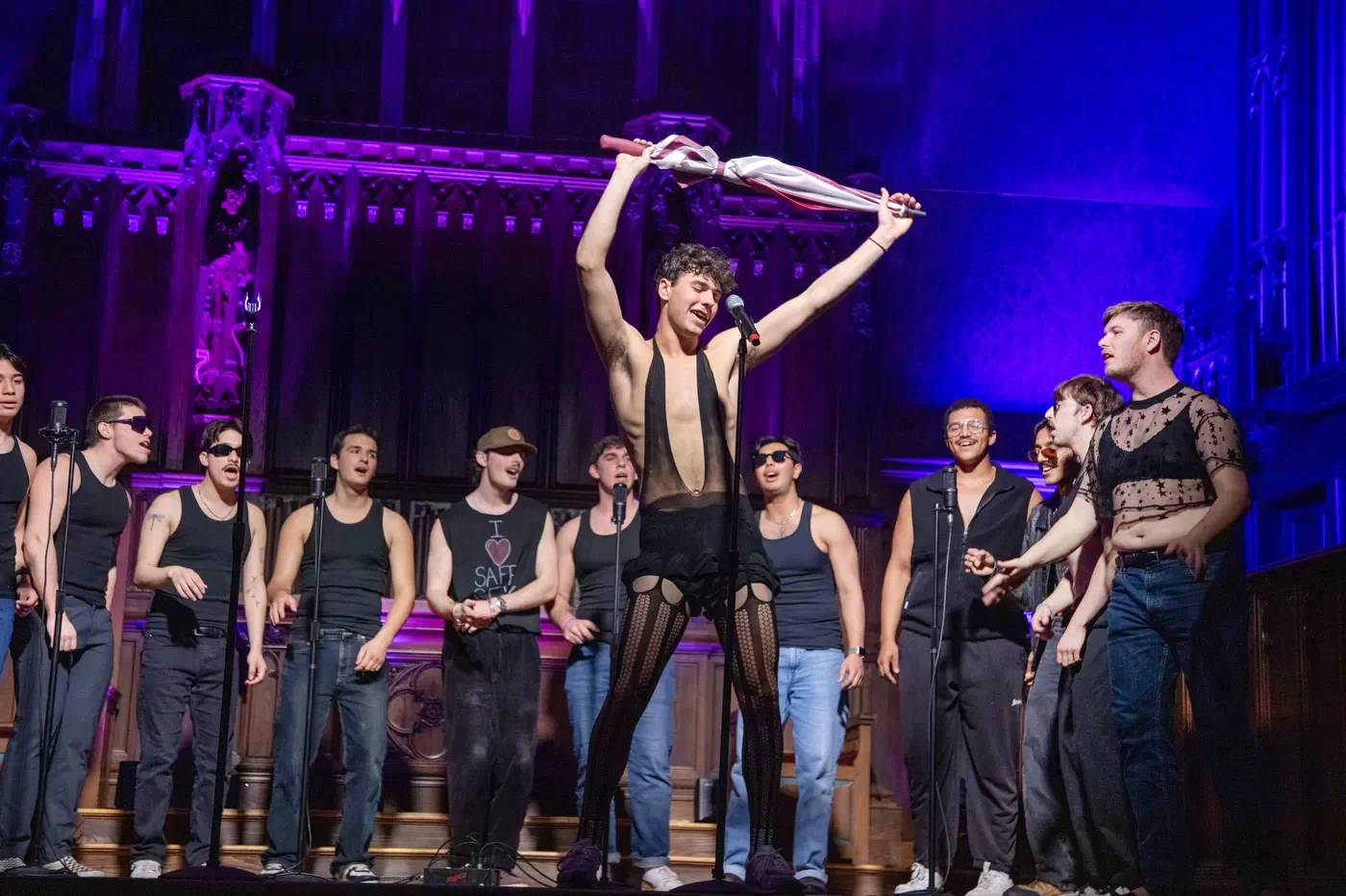
Bates has a voice in landmark case on race-conscious college admissions
As the U.S. Supreme Court considers a case challenging use of race as one factor in college admissions decisions, it will contemplate an array of “friend of the court” written arguments — among them one submitted by a group of selective private colleges and universities that support race-conscious admissions, including Bates.
The amici curiae brief was filed in August in the case of Fisher v. University of Texas at Austin, in which Abigail Fisher, a white recent college graduate whom UT-Austin declined to admit in 2008, is seeking to persuade the court that the university’s decision constituted an illegal use of consideration of race.
The brief is one of more than 70 such in support of UT-Austin’s side of the case. Fifteen briefs have been filed in support of Fisher. They will be weighed together with oral arguments presented to the justices on Oct. 10. The court is expected to issue a ruling sometime during its current term, which ends in June 2013.
The case could diminish or erase latitude that both public and private higher education institutions have had since a previous Supreme Court decision on the matter less than 10 years ago. In Grutter v. Bollinger, a 2003 case involving the University of Michigan Law School, the court ruled that colleges and universities can consider race as one factor in admissions decisions, as long as they do not make it the deciding factor in any case.
The brief that Bates joined argues that higher education institutions must be able to take race into account in order to serve both their students and society well. The heart of the argument is that being part of a student body that at least roughly mirrors the diversity of society — gender, racial, geographic, religious, economic, etc. — prepares students to live and work in a diverse world, producing educational benefits that are not possible in a more homogeneous group.
“What’s at stake for Bates is our autonomy as an institution to exercise our own holistic admission practices,” said Dean of Admission and Financial Aid Leigh Weisenburger.
“Year after year, class after class, we seek to enroll students at Bates who bring a wide array of diverse perspectives and experiences — across all demographic lines, not just race — to our classrooms and community at large,” she added.
“Losing the ability to factor in race when recruiting and selecting Bates students would not only diminish our ability to achieve a truly diverse student body, but it would go against the very heart of our mission statement in which we strive to ‘…engage the transformative power of our differences, cultivating intellectual discovery and informed civic action.’ ”
Heather L. Lindkvist, Bates’ special assistant to the president for diversity and inclusion, was a member of the group that developed the brief, the Liberal Arts Diversity Officers (LADO) group. Lindkvist said the bulk of the data used in the brief was provided by LADO.
One of the contributions Lindkvist made to the brief was data from a study of the class of 2010 at an array of institutions that showed some of those students “not as well prepared to live and work in a multi-racial world” as they might have been had the student bodies of their colleges been more racially and ethnically diverse. The study was conducted by the New England Consortium on Assessment and Student Learning (NECASL) .
Bates President Clayton Spencer, former chief education counsel to the U.S. Senate Committee on Labor and Human Resources (1993-97), also reviewed and commented on the brief before it was finalized.
Lindkvist explained, “The brief demonstrates that the schools that are party to it do not use quotas to achieve a diverse study body, that diversity is crucial to our educational missions, that diversity among college students continues to be a compelling interest of the federal government as well as our various institutions, and that we’re addressing a fundamental issue of access and equity, especially for historically underrepresented groups.
“It also demonstrates that with sufficient freedom to select students, institutions like ours can provide a structure that encourages students to have regular, meaningful interactions with individuals different from themselves that promote personal and intellectual growth for all.”




